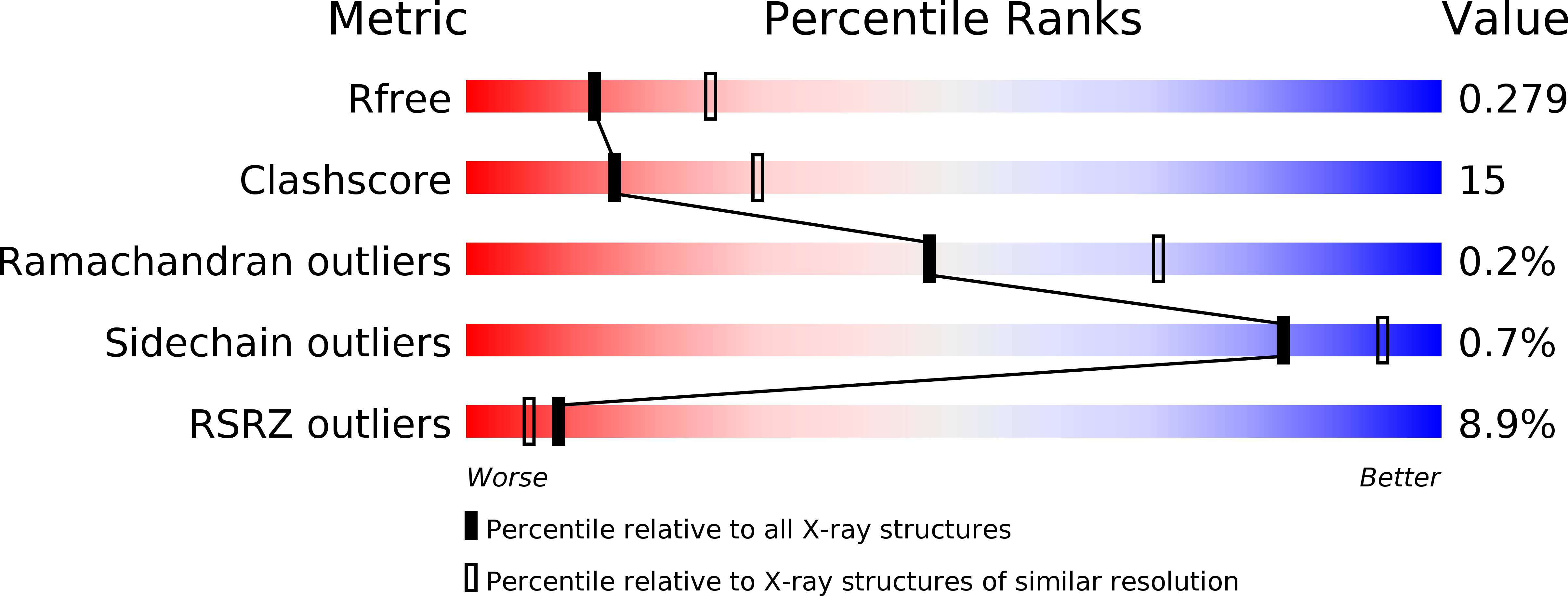
Deposition Date
2017-04-19
Release Date
2017-05-24
Last Version Date
2024-11-20
Entry Detail
PDB ID:
5VJL
Keywords:
Title:
Crystal structure of H7 hemagglutinin mutant (V186K, K193T, G228S) from the influenza virus A/Shanghai/2/2013 (H7N9) with LSTc
Biological Source:
Source Organism:
Influenza A virus (Taxon ID: 1332244)
Host Organism:
Method Details:
Experimental Method:
Resolution:
2.60 Å
R-Value Free:
0.27
R-Value Work:
0.21
R-Value Observed:
0.22
Space Group:
H 3 2


